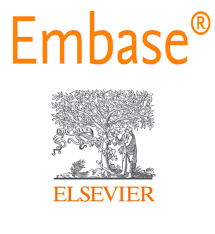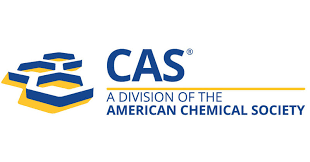COMPARATIVE STUDY OF ETOMIDATE AND FENTANYL CITRATE WITH PROPOFOL (1%) AND FENTANYL CITRATE FOR TOTAL INTRAVENOUS ANESTHESIA IN COLONOSCOPY
Keywords:
Total intravenous anesthesia(TIVA), Colonoscopy, Etomidate,Propofol, Fentanyl.Abstract
Background: Total intravenous anesthesia (TIVA) combines induction agents,
analgesics, and muscle relaxants, offering advantages over inhalational anesthesia.
Commonly used induction agents include Etomidate, Propofol, Ketamine,
Midazolam, and Fentanyl. This study compares Etomidate-Fentanyl citrate and
Propofol-Fentanyl citrate combinations for colonoscopy, evaluating hemodynamic
effects, onset, recovery, dosage, and adverse effects.
Patients and Methods: In this prospective randomized study, 60 patients undergoing
colonoscopy were randomly allocated into two groups: Group E received Etomidate
(0.3 mg/kg) IV and Group P received Propofol (1%) (2 mg/kg) IV. We recorded
induction time, procedure duration, recovery time, vital signs (heart rate, blood
pressure, respiratory rate, oxygen saturation), pain on injection, myoclonus, and side
effects (nausea, vomiting, hypersensitivity reactions, hiccups).
Results: Group P showed increased heart rate at 1 minute post-induction, decreased
MAP at 1-20 minutes, and decreased SpO2 at 1 minute. They also experienced more
pain on injection, hypersensitivity reactions, longer induction times, and required
more incremental doses, but had shorter recovery times. In contrast, Group E had
higher rates of myoclonus, hiccups, and postoperative nausea-vomiting (PONV).
Conclusion: we concluded that Etomidate and Propofol both appear similarly safe
for short procedure like Colonoscopy and should be individualize based on patient’s
unique characteristics and comorbidities. Etomidate is hemodynamically more stable,
while Propofol provides earlier recovery with a lower incidence of postoperative
nausea and vomiting (PONV).
.png)









